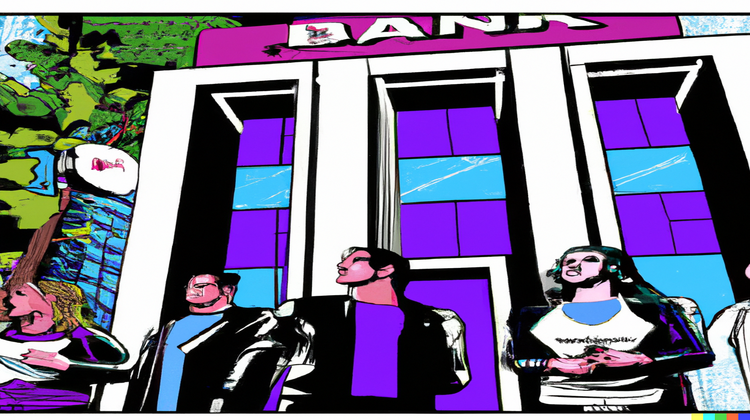Lending
Charge-offs are returning to pre-pandemic levels — is the banking industry ready?
- Charge-offs are rising and returning to pre-pandemic levels.
- While banks seem to be prepared for the increase, their estimated provisions for soured loans are predicated on unemployment remaining within 5%.








